This post may contain affiliate links, please view our disclosure policy for more details.
Who doesn’t love BBQ season? It’s so nice to be able to cook outside – and keep most of the mess out there too!
But you may find yourself wondering if the food that’s been cooked on the barbecue is ok to serve to your baby. You may have heard people throwing around scary terms like “carcinogens” or you might just be wondering if it’s possible to cook the food to the right texture to make it safe for your baby.
Or maybe you just want some ideas on what types of foods to cook for them on the BBQ!
Whichever one resonates with you – we’ve got answers. We’ll go over our thoughts on the safety of BBQ food for babies, and give you some ideas for what to cook on the grill!
If you’d prefer to listen to our thoughts on this topic, download the podcast below to listen while you multitask!
Table of Contents
Is BBQ meat safe for babies?
Yes.
It’s perfectly safe to offer your baby meat cooked on the BBQ when it’s prepared safely and in moderation. We recommend no more than once a week.
This is because over-consuming meat and seafood that’s been cooked at high temperatures over an open flame has been linked to an increased risk of cancer.
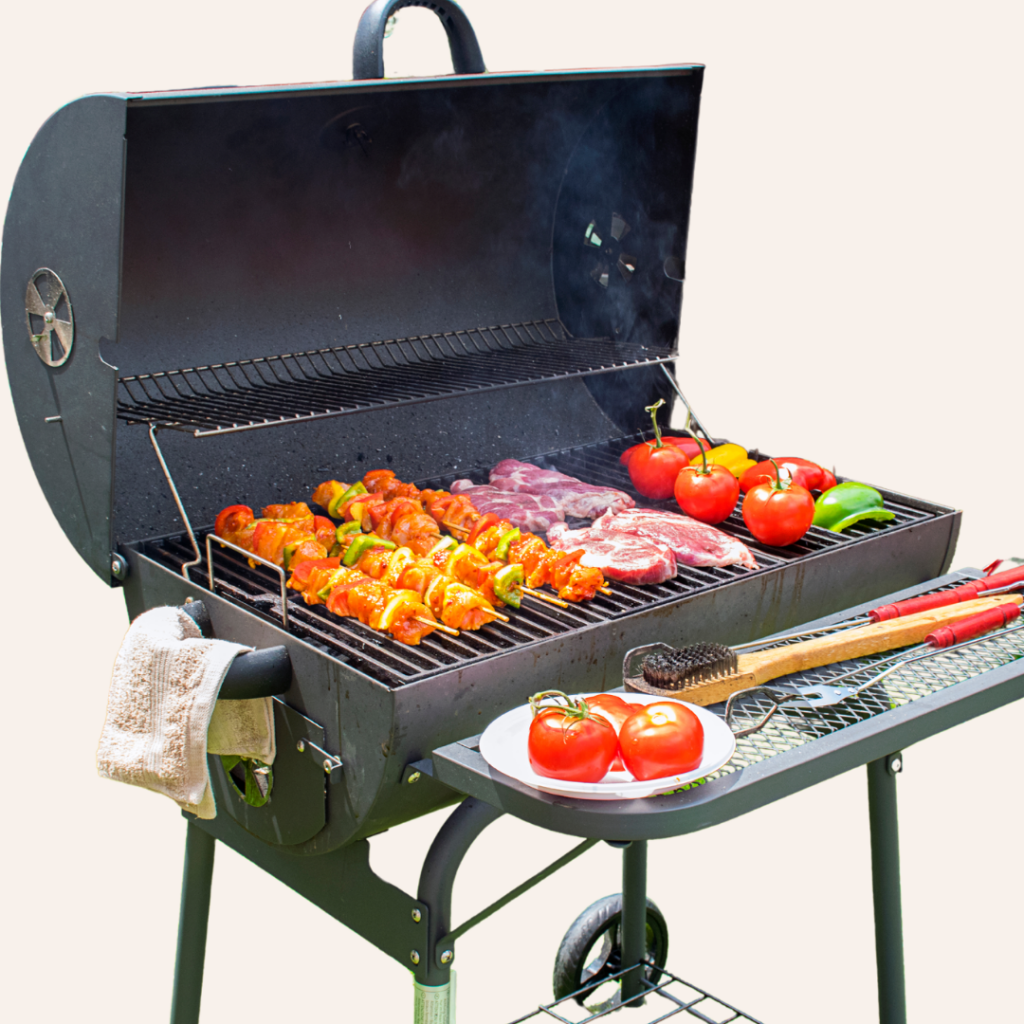
That said – we don’t want to scare you!
First, let’s cover the research behind this recommendation and then we’ll discuss whether barbecued meat is considered a choking hazard for babies.
BBQ meat & cancer risk
If this isn’t something you’ve heard about before, the concern is that the smoke that creates that yummy, BBQ flavor we know and love may actually be causing harm.
We’re going to get into the science of it – so stick with us!
There are chemicals called Heterocyclic Amines (HCAs) and Polycyclic Aromatic Hydrocarbons (PAHs) that are created by cooking meat at high temperatures over an open flame. This includes cooking beef, pork, fish, or poultry (1).
And barbecuing would be the perfect example of this.
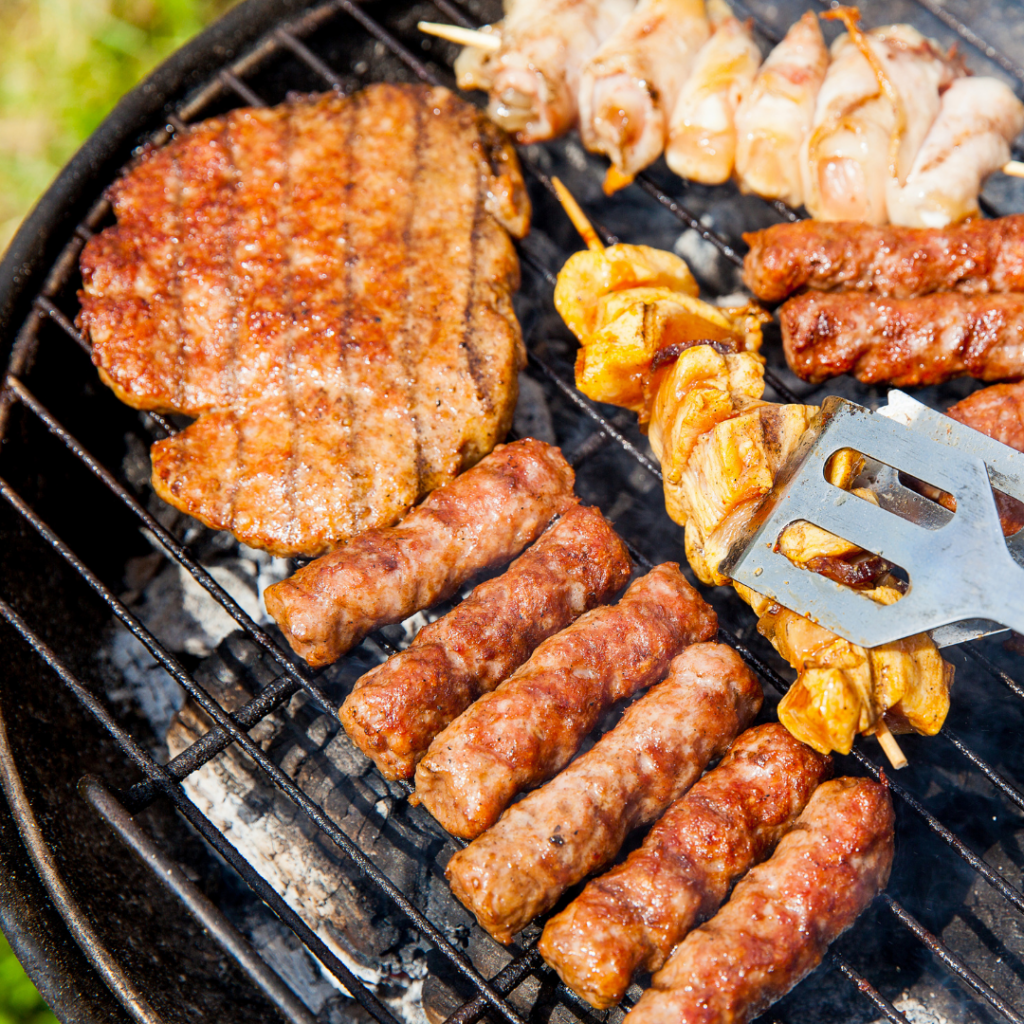
HCAs are formed in a chemical reaction at high temperatures, and PAHs are formed in a chemical reaction when fat and juices from meat drip onto the open flame, which then causes more flames and smoke. This is said to then cause a reaction where the PAHs from the flame and smoke stick, if you will, to the surface of the meat (1).
The formation of HCAs and PAHs can vary depending on what type of meat is being cooked, how the meat is being cooked, and how cooked the meat is (ie. if it’s rare, medium, or well-done).
Now that we know where the concern is coming from, and what it relates to, here’s what the research says about how concerned we need to be.
Studies have shown that exposure to HCAs and PAHs can cause cancer in rodents who were fed a diet supplemented with HCAs. These rodents developed tumors of the breast, colon, liver, skin, lung, prostate, and other organs (2).
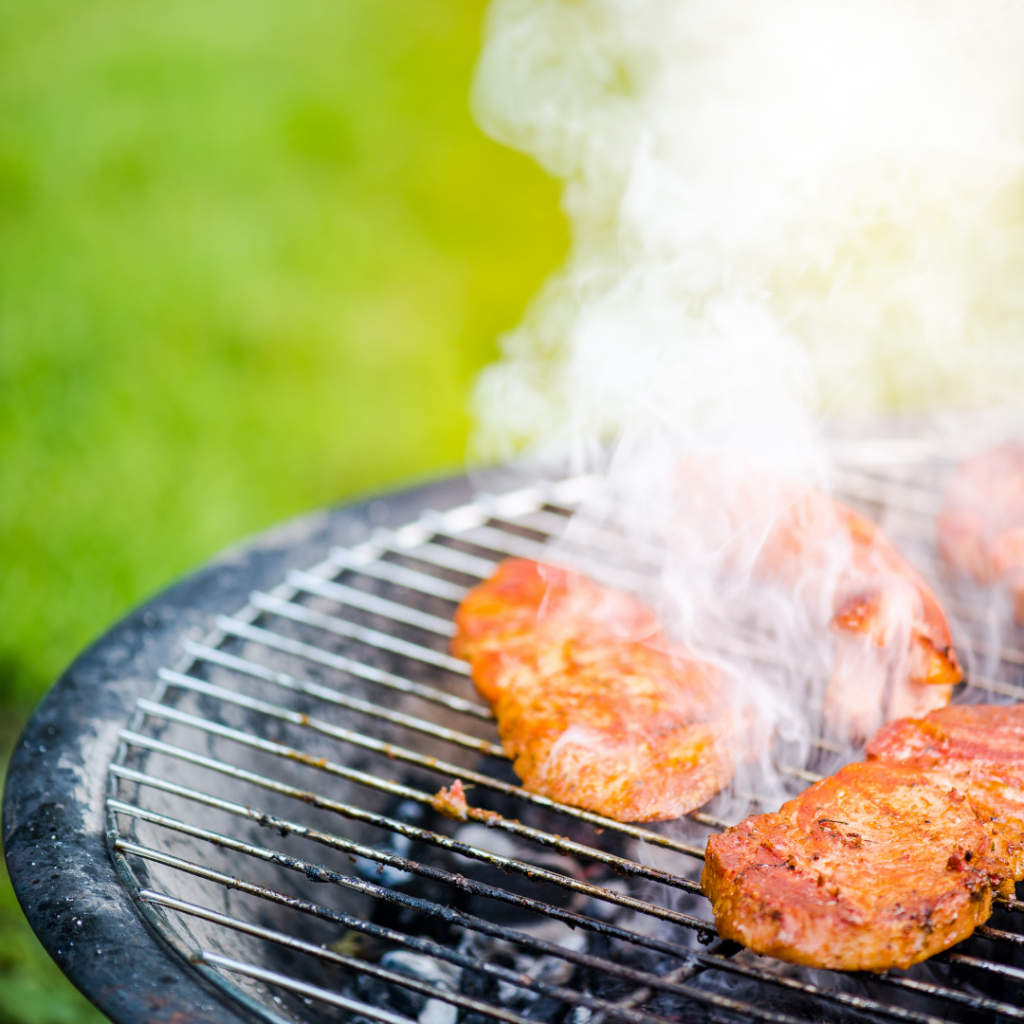
The rodents who were also fed PAHs developed other cancers as well, such as leukemia and tumors in the gastrointestinal tract and lungs.
BUT – the doses of HCAs and PAHs used in these studies were extremely high. So high in fact that it would be equivalent to thousands of times the dose a person would consume in a normal diet (1).
That’s the important piece.
So…unless you’re only eating BBQ food over an open flame most days of the week – we wouldn’t worry at all.
As with anything and everything nutrition, there are “bad” sides to almost everything you look at. Little things like this, when they’re done once or twice, are not going to be what causes harm, picky eating, obesity, or cancer.
It’s the frequent dependence on them that truly matters.
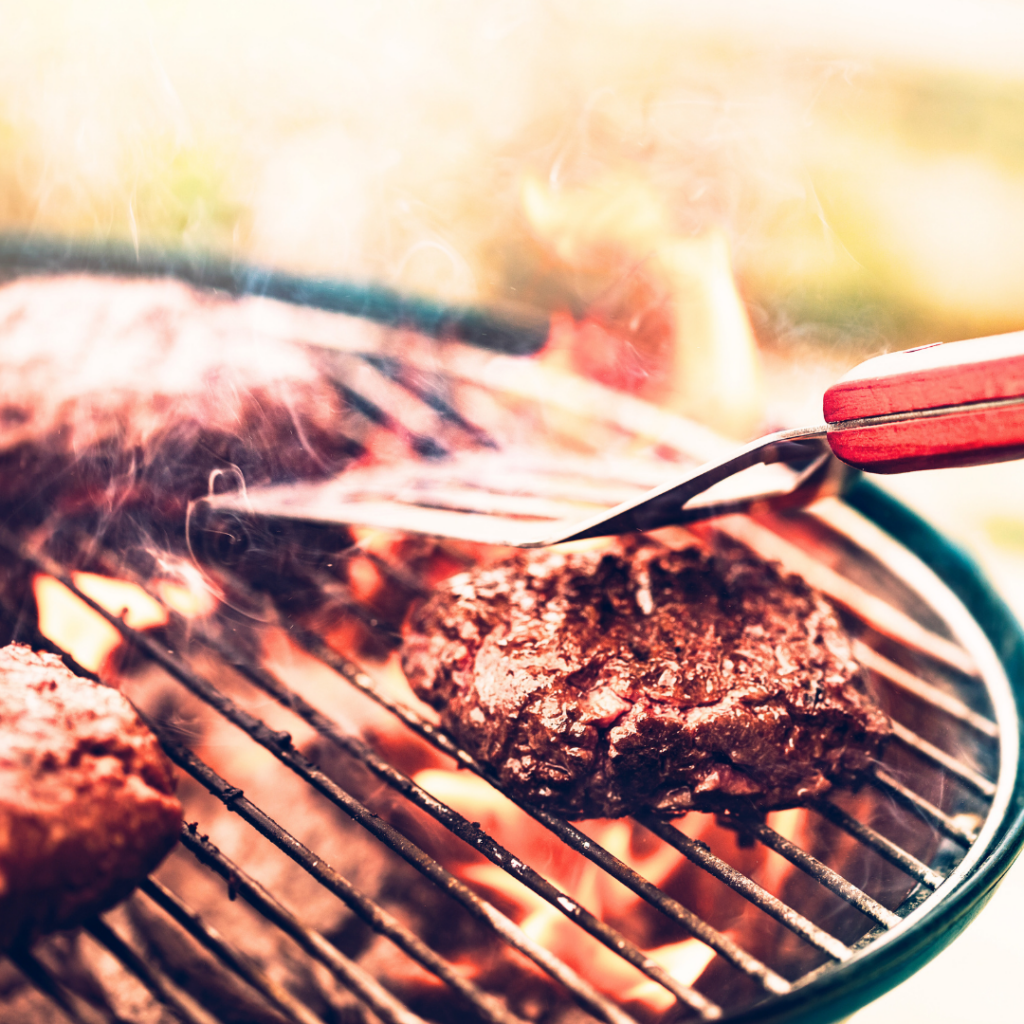
My Little Eater
Recommendation
Recommendation
Don’t panic over a few barbecued meals while the weather is nice. If you’re in an area similar to us – it’s short-lived. And if not, you likely aren’t eating barbecued food every day, multiple times per day anyway.
Enjoy introducing your baby to this new, smoky flavor – it’s a great experience for them and the pros outweigh the cons, in our opinion.
Experience with new textures and flavors and participating in family activities are some of the benefits that we see from offering your baby food from the barbecue. And since the risk is so low based on the research, these benefits are worth it.
Is BBQ meat a choking hazard?
In general, meat is considered to be a choking hazard for babies and requires specific modifications in order to be served safely. However, once it’s been modified, it’s completely safe for babies to eat right from around 6 months when they start solids – even if they have no teeth!
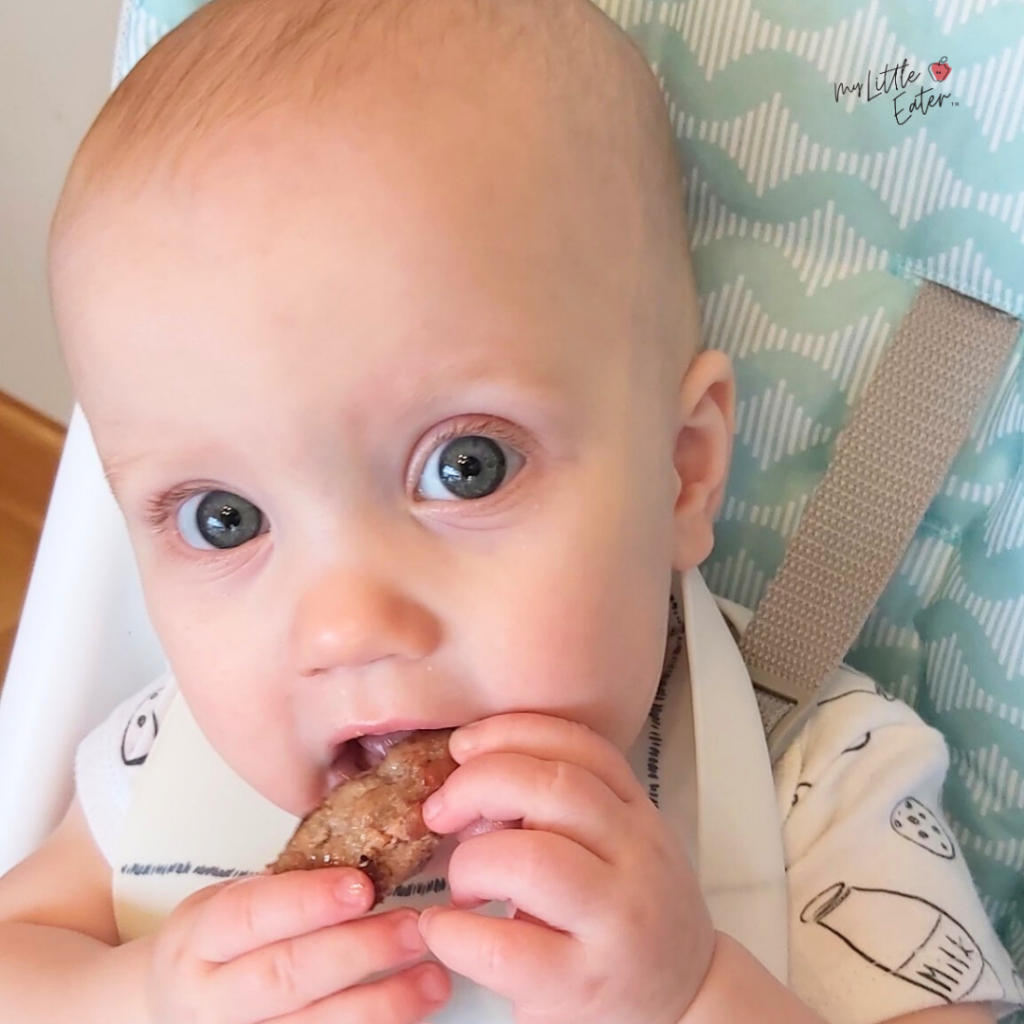
Given that it’s an advanced texture, we know there’s a really good chance that this makes you feel anxious and we totally get it! That’s what we’re here for – to teach you how to serve all foods safely and that definitely includes meat!
There are two things you want to keep in mind when serving meat – keep it moist and keep it tender. Both of these can be more difficult when cooking meat on the barbecue, so here’s what we suggest.
Offer cuts of meat that are naturally more juicy, like chicken thighs or drumsticks. Drumsticks can be served whole to your baby, after removing the skin (particularly if it’s charred from the BBQ or has BBQ sauce or another high-sodium sauce/marinade on it), and after taking out that tiny bone everyone always watches out for.
Other cuts of meat can be shredded and served in strips for your baby for them to safely eat. Avoid serving meat in cubes or small pieces as these can be a choking hazard.
If your baby doesn’t have any teeth, another option is to serve them a large piece of tougher meat (such as steak) for them to suck and gnaw on as a phase 0 food on the Texture Timeline™.
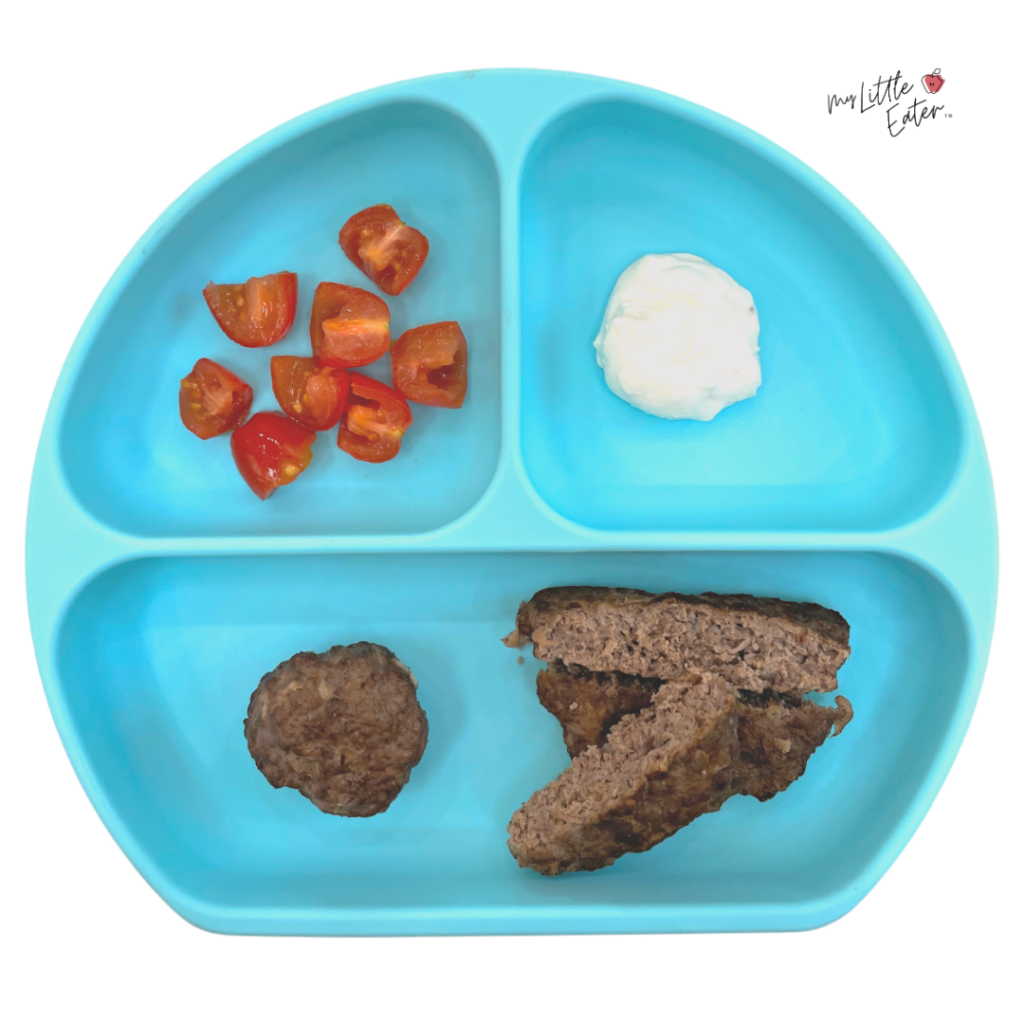
Finally, you can also serve the meat with a healthy dip option to make it even easier for your baby. Show them how to dip their food, allowing them to mimic you, or just spread some of the dip on top to moisten the meat further.
Learn more about how to serve meat for babies safely to prevent choking.
5 Tips to minimize the risk of BBQ meat for babies
With all that being said, we know that babies can’t handle as much of any chemical or toxin as adults can, because of their smaller bodies. So while we don’t want you to worry, we also know there are ways we can reduce the risk further, so why not try?
Here are the best ways that you can be extra sure you’re doing everything you can to keep your baby safe while still serving them food from the BBQ.
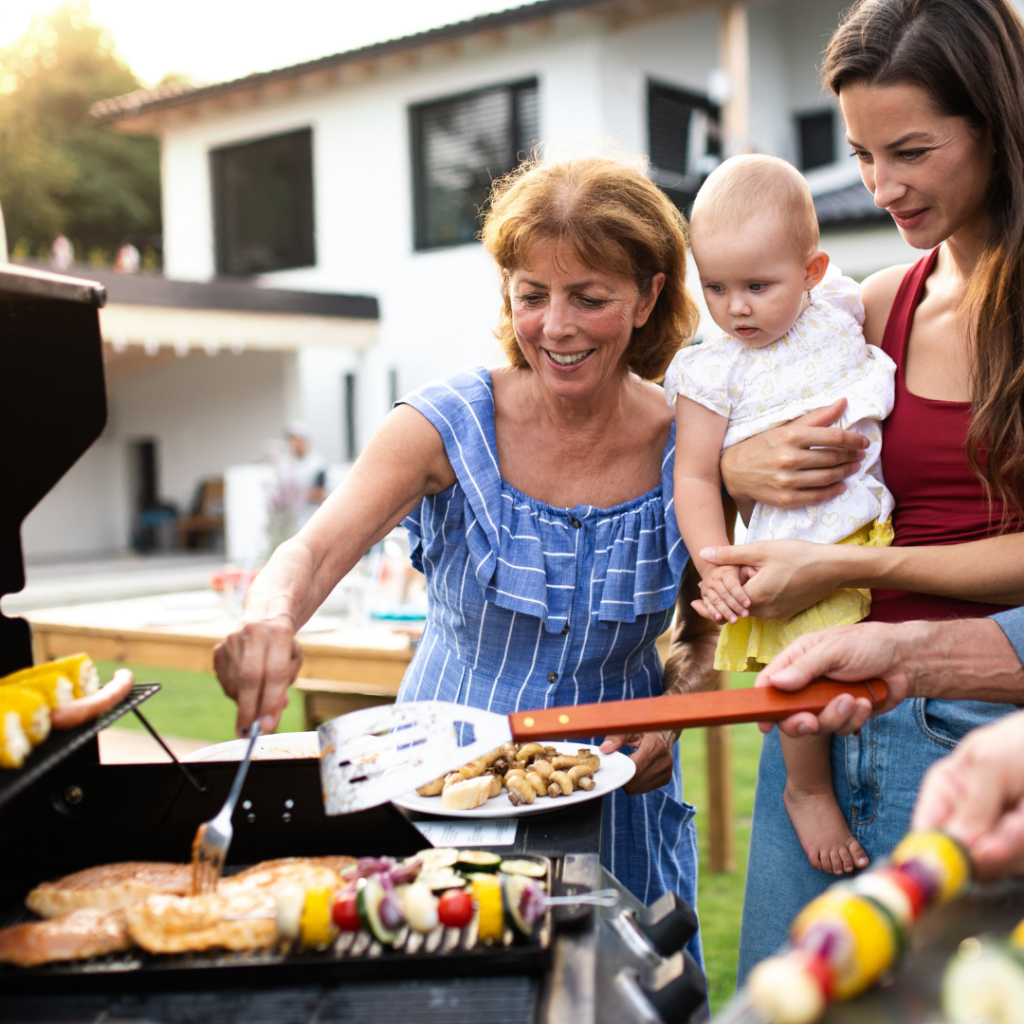
Tip #1: Marinate meat
Meat, poultry, and fish in particular can be marinated before cooking. Research has shown that marinating these foods can prevent the formation of cancer-causing chemicals during the cooking process.
Remember how we described the PAHs as a chemical within the smoke that “sticks” to the meat? Well, when the meat has been marinated before cooking, the surface of the meat is more “protected”, which helps to prevent these chemicals from sticking to it.
An easy marinade to whip up that won’t cause a lot of extra work is a simple yogurt sauce – it also helps to keep the meat nice and tender which is great for babies! Check out our recipe below with only 4 ingredients and try it with chicken, lamb, or pork!
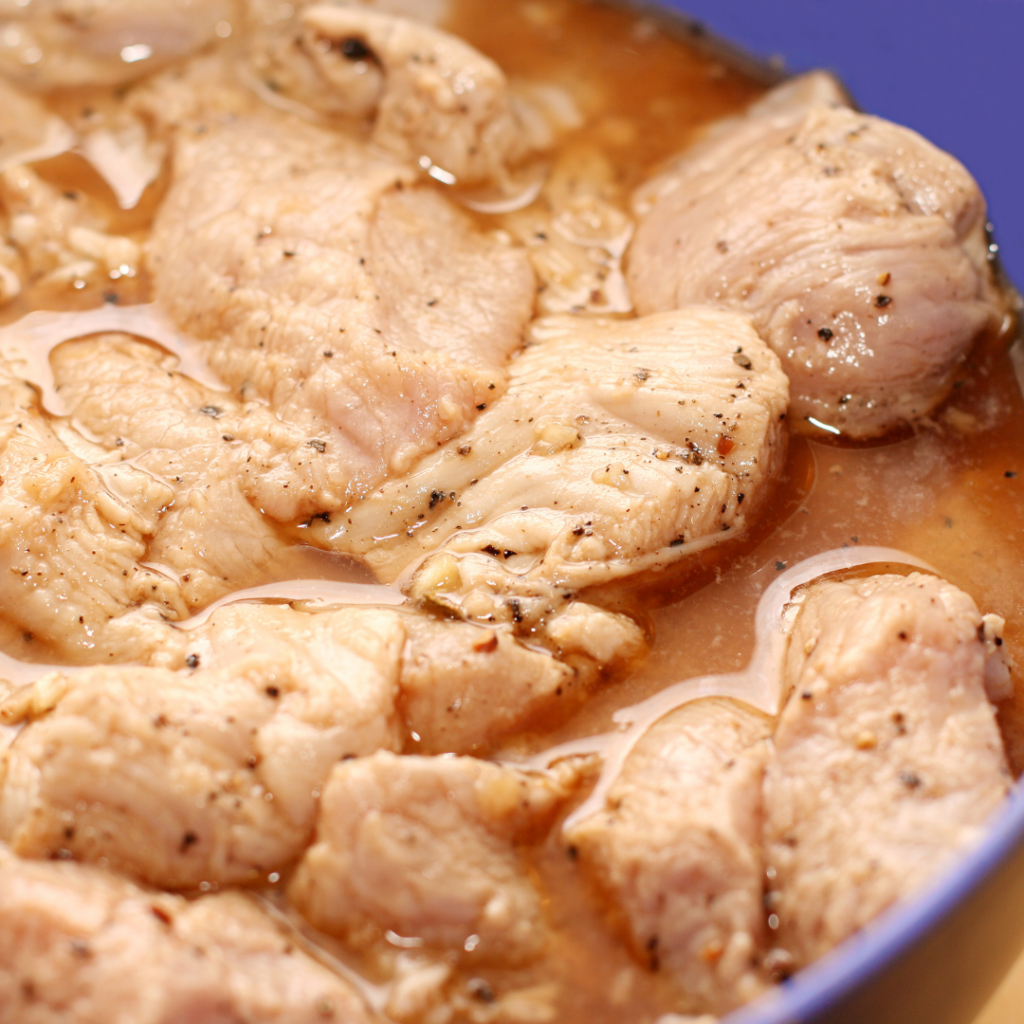
Tip #2: Continuously turn meat while it cooks
Doing this while the meat is on a high heat source can also substantially reduce HCA formation. This is compared to just leaving the meat on the heat source, without flipping it often.
This helps because HCAs are formed at high temperatures. If you’re constantly opening the BBQ to turn the meat, and the meat isn’t heating up substantially on just one side from being left there too long, you’re helping to reduce the HCAs created by keeping the temperature a bit lower.
Likely you already do this so this won’t be a huge change – but we’re not experts when it comes to barbecuing food, so if you don’t do this – give it a try!
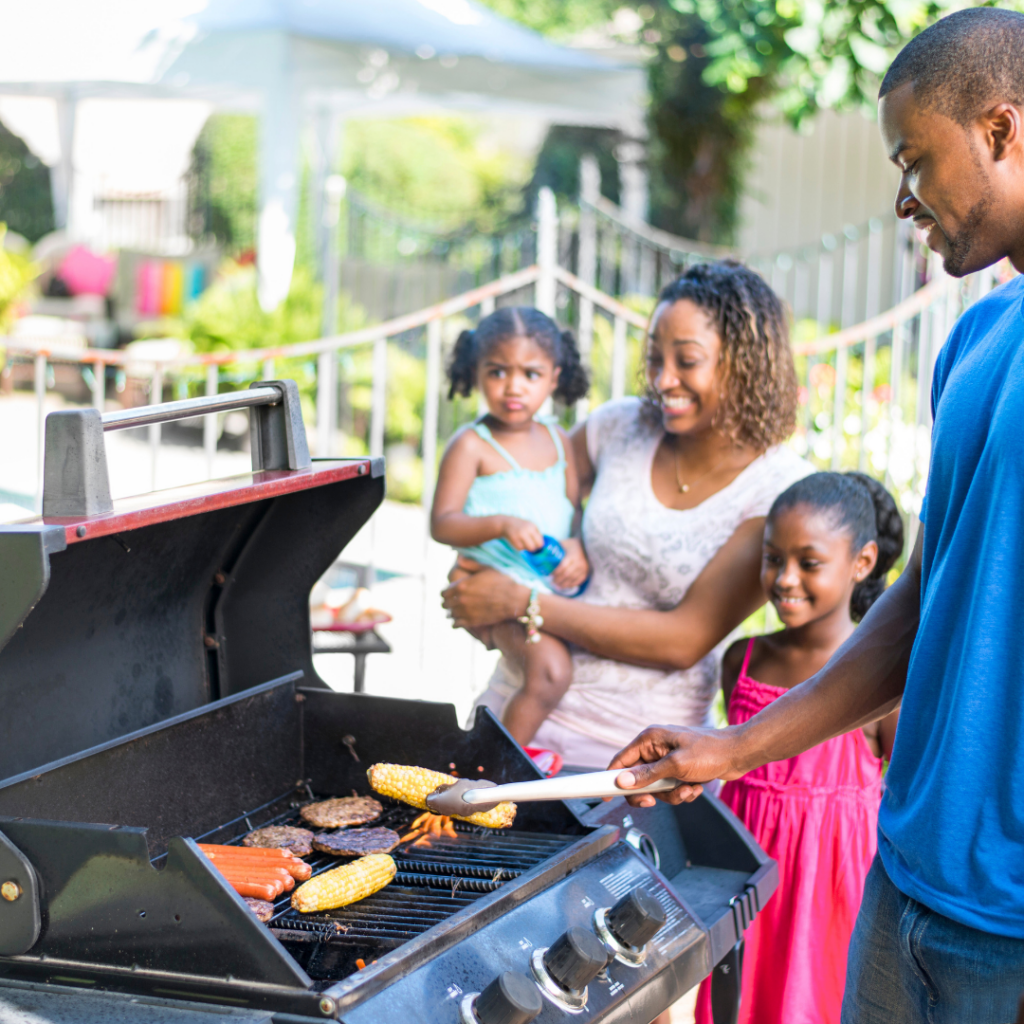
Tip #3: Barbecue slowly
Avoid high temperatures in the hopes it will cook faster, and keep your baby’s finger foods away from hot coals. This is so that flames are less likely to engulf the food, which prevents charred meat.
The charred parts are likely to be pieces that you would remove before offering the food to your baby or toddler, for safety reasons, but it’s a good precaution anyway.
This helps because, as mentioned above, avoiding high temperatures reduces the formation of HCAs. Plus, fat from the meat dripping directly onto the hot coals is more likely to create flames, and PAHs are created when fat drips into the flame, increasing the flames and smoke along with it. Therefore, keeping meat away from hot coals helps reduce the formation of PAHs too.
Tip #4: Choose lean cuts of meat
Including poultry and seafood (over higher-fat meats like beef) in your regular BBQ meal rotation helps. You can also take it one step further by trimming any visible fat off before cooking.
We know that we usually recommend choosing cuts of meat that are higher in fat when cooking for babies to keep the meat juicy. But we do always recommend removing it after the meat has cooked as it would be a choking hazard for your baby.
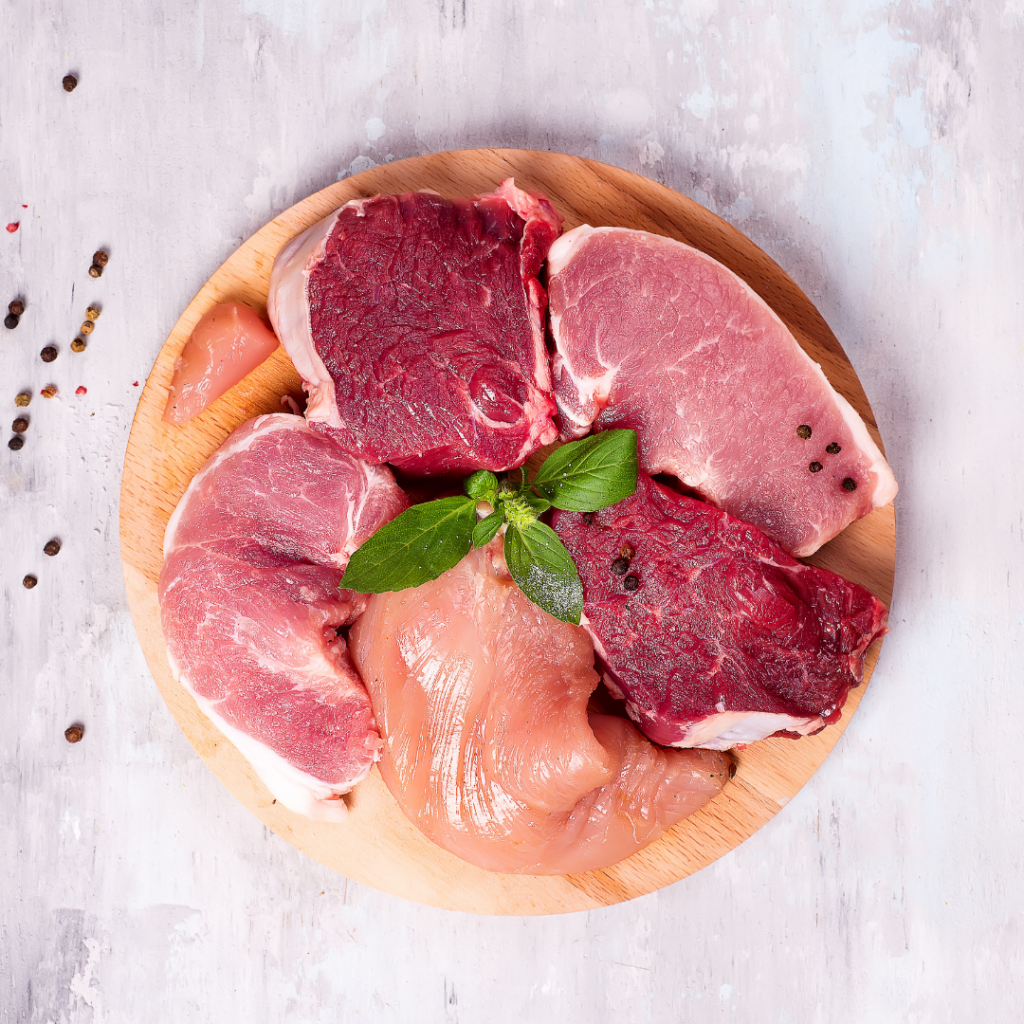
In this case, we’re switching this recommendation up and instead are suggesting removing the fat before cooking to help reduce the amount of smoke that’s created from the fat dripping into the open flame.
To make sure that the meat stays juicy enough without causing excess smoke, stick with offering pieces of meat that are naturally more tender or juicy, such as chicken thighs or drumsticks. The added moisture will make it easier for your baby to squish and chew the meat.
Learn more about choosing safe cuts of meat for your baby.
Once they’ve tried darker meats cooked on the barbecue and have more experience with it, you can then try offering pieces of meat that are less juicy, such as chicken breast.
And of course, a burger is always going to be a great option for babies! Just make sure that it’s thoroughly cooked – it needs to be well done – because babies are more susceptible to food-borne illnesses.
Tip #5: Alternate meat and plant-based foods
All the risks outlined above regarding carcinogens and barbecuing are specific to meat only.
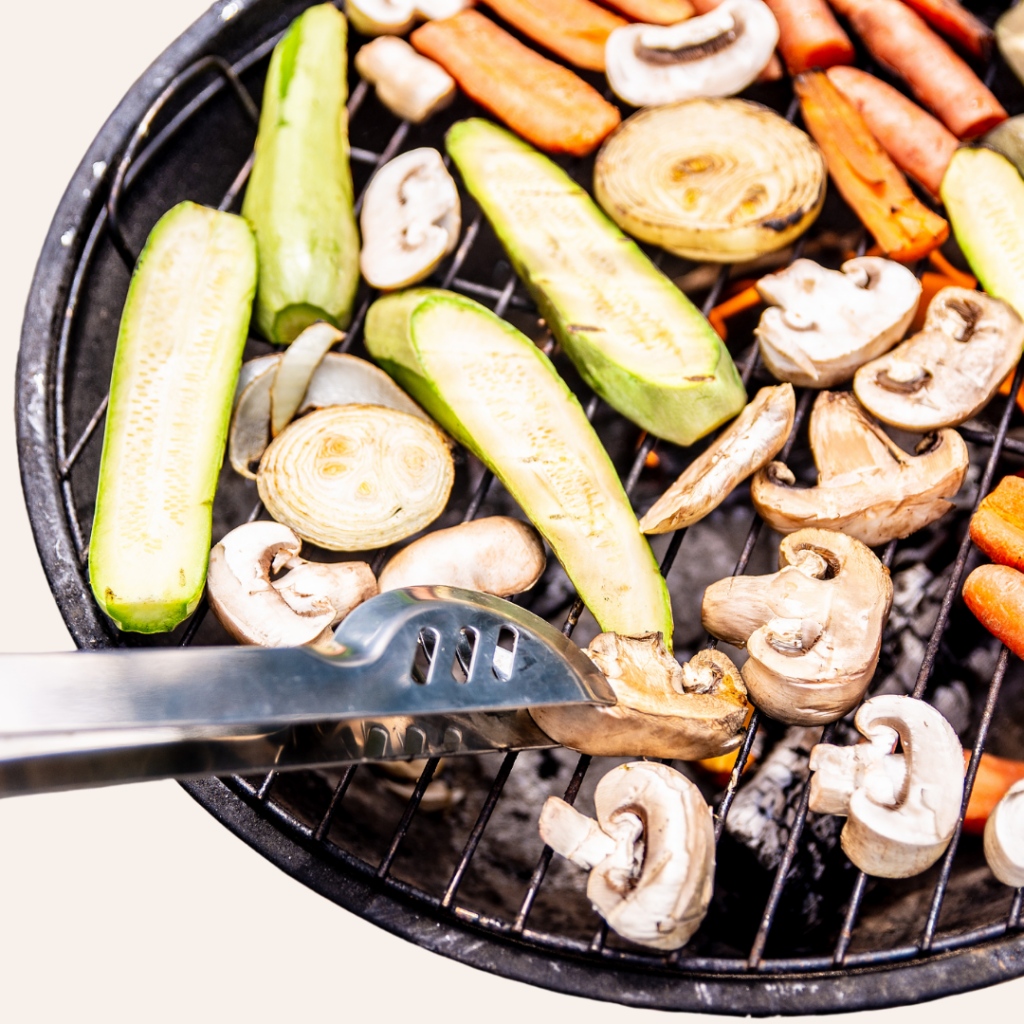
The effects of barbecuing aren’t the same for plant-based food, so what a wonderful opportunity to introduce your baby to an entirely different set of flavors!
If you like to BBQ every day, we recommend switching things up and trying some of the options we’ve included below to help limit the amount of barbecued meat served to your baby. It also adds some variety, and as mentioned, provides new flavor experiences for them – which can help to prevent picky eating later down the road.
BBQ ideas & recipes that aren't meat
While we love to barbecue meat, it’s not the only thing that can be cooked on the barbecue!
Here’s a list of some of our favorite things to make on the grill!
Grilled vegetables
Just like roasting, barbecuing vegetables brings out a sweeter flavor from the caramelization process. We recommend trying zucchini, eggplant, asparagus, and potatoes (of course!).
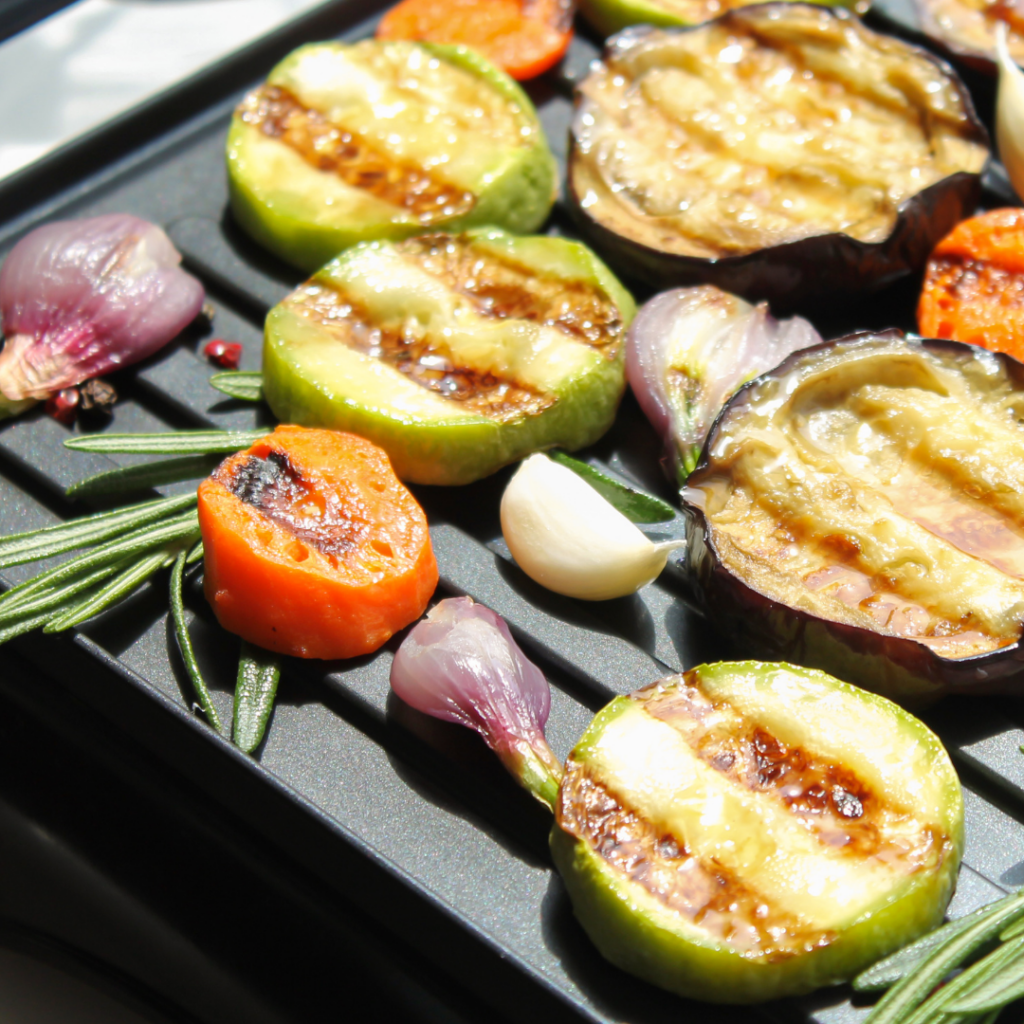
Don’t overlook onions too! Slice some up to cook on the BBQ, you may be surprised to find they actually come out very sweet due to the caramelization process. If your baby or toddler has never liked onion before – this is a great way to offer it again!
Some spices we like to use on these options are garlic, paprika, rosemary, or even just traditional salt and pepper!
Veggie burgers
A great meat alternative to a traditional barbecued meal!
If you’re buying premade options, look at the sodium content because some plant-based burger options are extremely high in sodium, which we try to limit as much as possible for babies.
Tofu
The best part about this option is how minimal the prep is! Simply cut firm or extra firm tofu into large blocks or rectangles to thread on a skewer, sprinkle on your favorite spices (we like using olive oil, salt, pepper, and garlic powder), and grill.
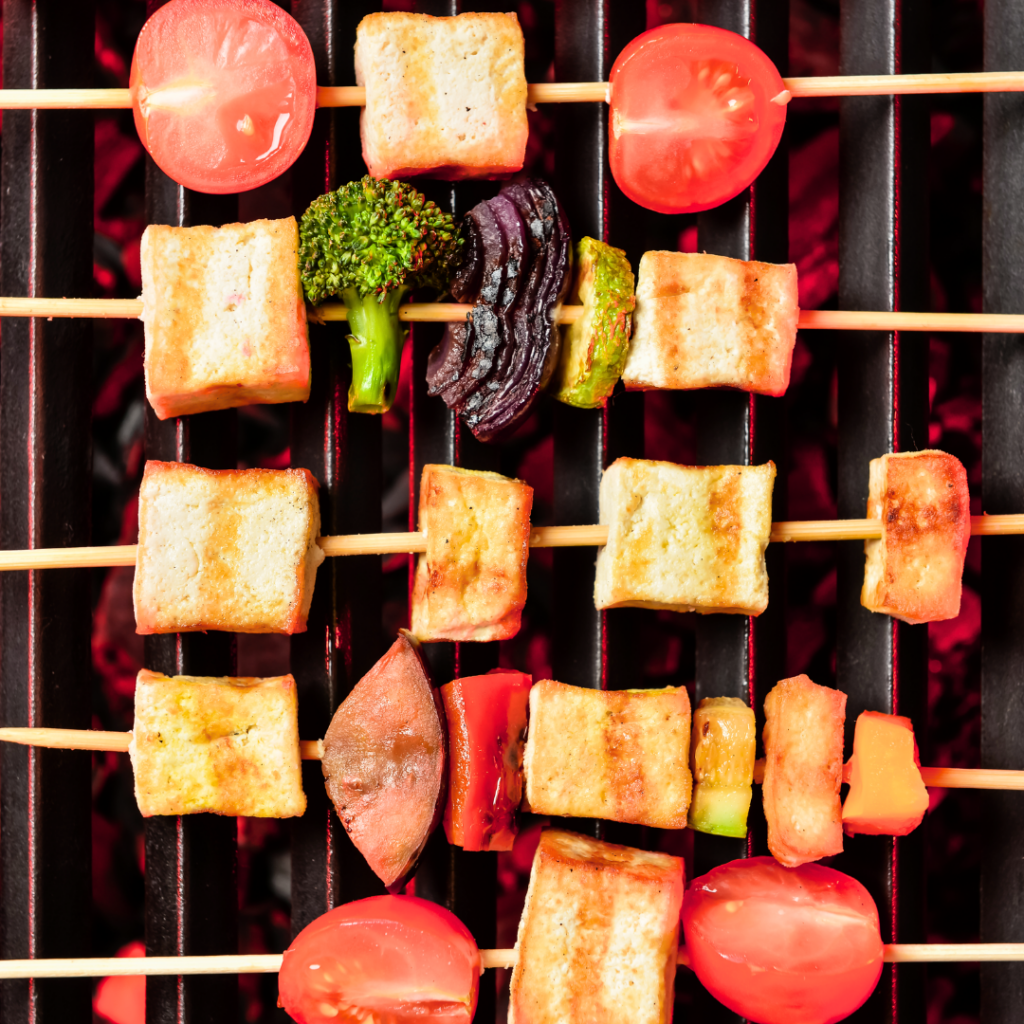
You could also marinate the tofu before grilling to allow the tofu to soak up more of the flavor it’s being marinated in. Try our yogurt marinade below!
Grilled fruit slices
This is something that is overlooked by a lot of people, but have you ever had barbecued pineapple? DELICIOUS!
You can also try peaches, bananas, plums, and mango.
Many people add sugar to allow the fruit to caramelize even more on the outside, which we admit is so tasty! But we recommend skipping this step when serving the fruit to babies because the fruit will taste good without it and we want to avoid added sugar under the age of 2.
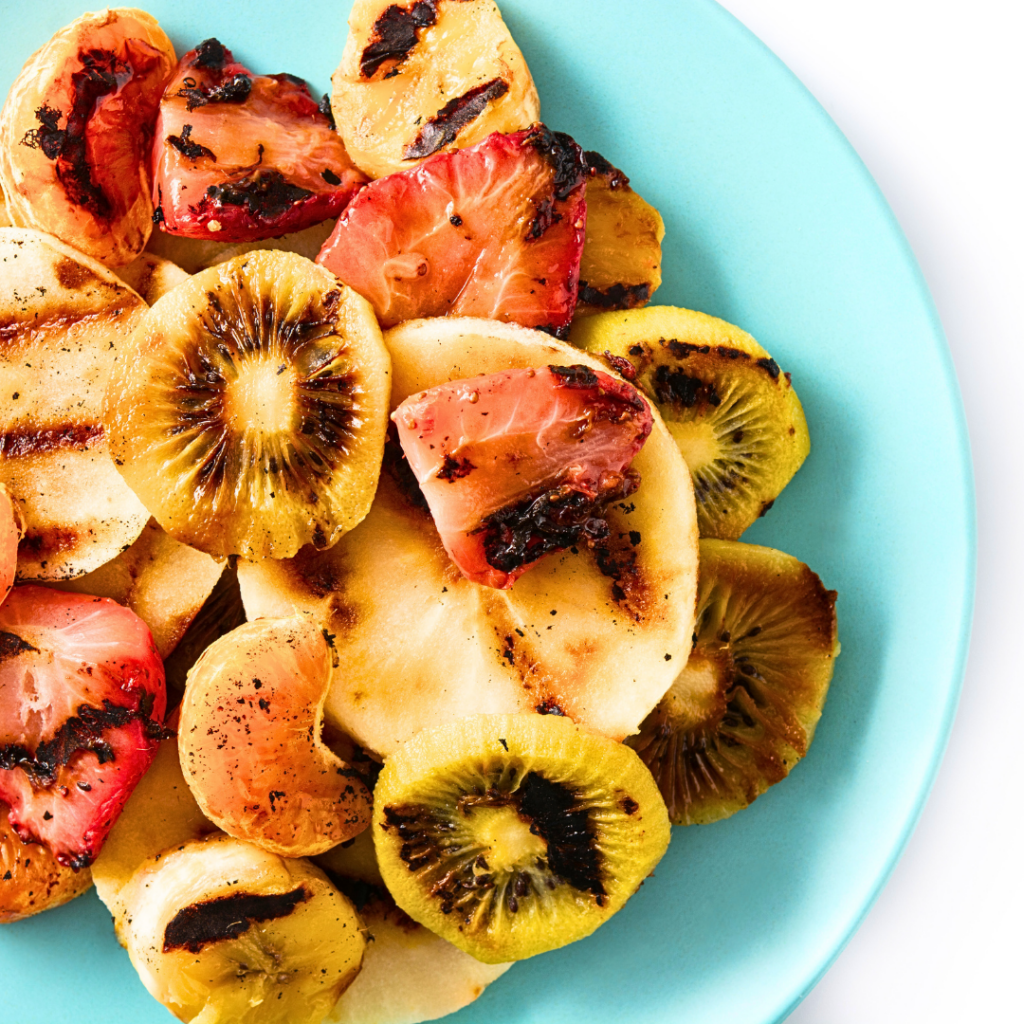
Kabobs
A combination of what we shared above, and a fun way to serve these foods, especially for your toddler. Adding in a bit of novelty wherever you can helps to keep mealtimes interesting and fun for them. This keeps them curious and excited to explore foods in new ways.
And all of that leads toward them actually eating some of it!
Try some of these combos…
- tofu squares + zucchini + tomato
- mushrooms + eggplant + chicken
- pineapple + pork + red onion
- banana + strawberries + kiwi
Corn on the cob
Typically by 8-9 months, your baby will be ready to eat corn on the cob because they’ll have had some practice with more advanced textures by then (if not – see our Texture Timeline™ in the Baby Led Feeding Course for help!).
Bonus – this is often popular among toddlers too!
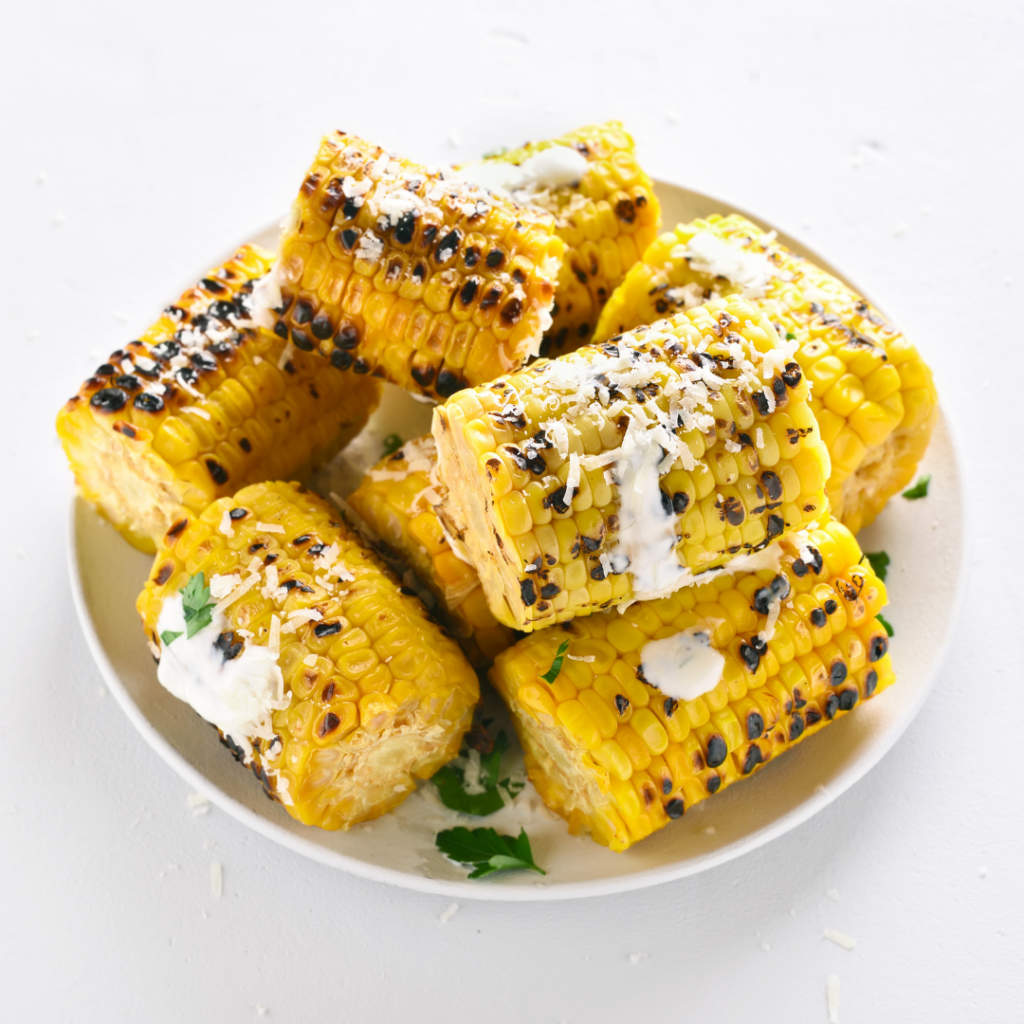
When serving it to your baby, cut the cob into thirds and offer one piece at a time. This makes it lighter and easier for your baby to pick up and eat from it independently. Serving it one piece at a time helps to minimize the risk of the extras being tossed because, let’s face it, when cut into thirds they’re the perfect throwing size!
Pizza, flatbread, or a quesadilla
We know these can be super simple to make in the oven – but – cooking them on the BBQ gives them a whole new flavor!
If these are foods that your baby or toddler has rejected in the past, cooking them in a new and interesting way can sometimes be enough to entice them to try them again.
We love to let toddlers help prep these foods by picking the toppings they want before cooking them. This gives them some independence, it gets them involved in the kitchen, and both of those things can lead to them being more likely to taste it.
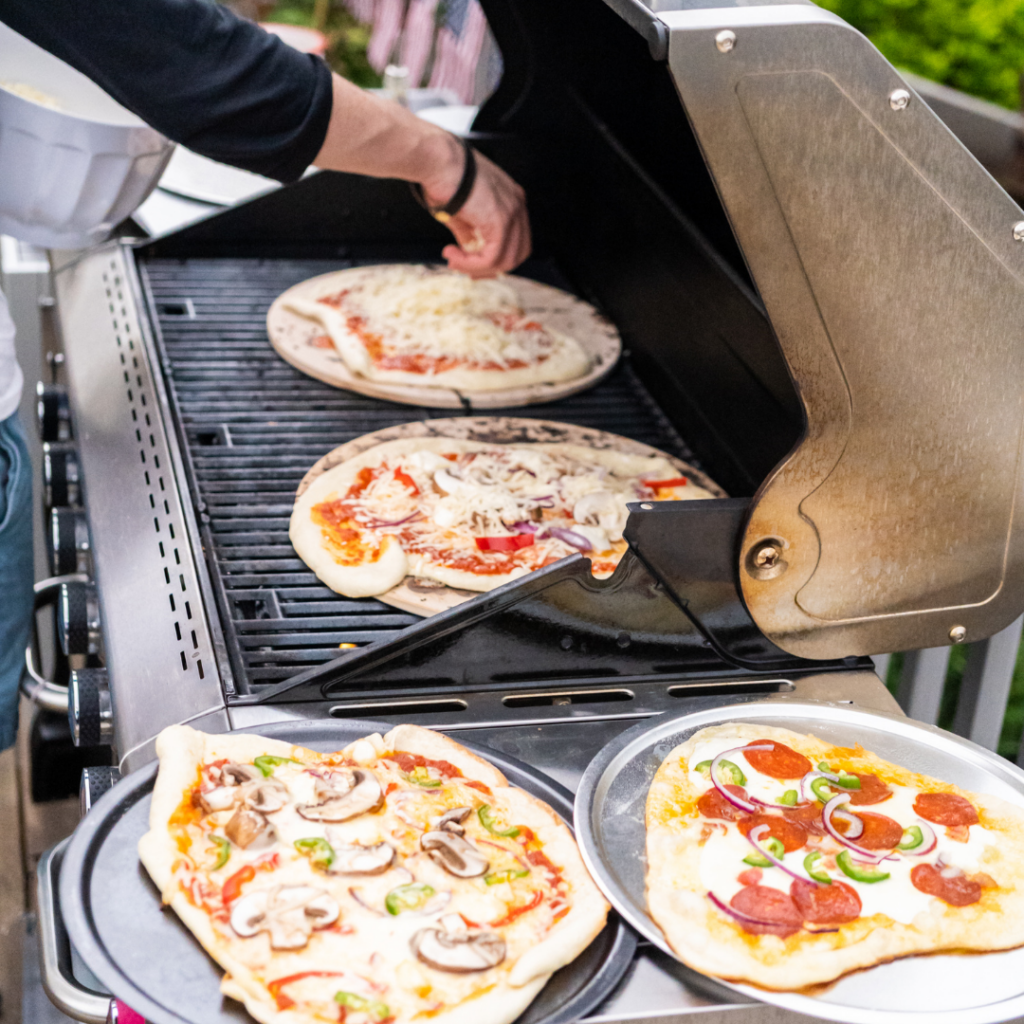
BBQ FAQs
Gas or charcoal grill - does it matter?
There are a few benefits to choosing gas over charcoal, so if you can, this is what we’d recommend. But to be clear, choosing a gas grill does not completely eliminate the risk, it only reduces it.
Charcoal has been found to produce significantly higher PAHs as compared to gas grills when cooking meat over an open flame (3).
With gas grills, you can control the heat better and they’re usually less hot than charcoal anyway, which reduces the amount of HCAs. Finally, a gas grill will produce less smoke which is what helps to contribute to lower PAH levels.
Can babies have smoked meat?
There’s the traditional BBQ that’s used for cooking foods fairly quickly, and then there are smokers. Typically, these cook meat at a lower temperature for a longer period of time to impart a particularly smoky flavor to the meat.
Because of the fact that a lot of smoke is needed for these to be effective, and typically meats that are being used are more fatty cuts – think of bacon, brisket, etc. – we would skip these for baby. Although it is done at a lower temperature which can decrease HCAs, the amount of smoke created can be more of a concern especially since the meat is exposed to it for such a long period of time (think 8+ hours).
Can babies eat hot dogs?
Technically, yes – but do we recommend it? No.
Besides the fact that they’re a choking hazard until age 4 (even though they can be modified to be served safely), they’re packed full of preservatives and are high in sodium. For these reasons, we would stick to other foods for your baby when barbecuing.
Now, once your baby is older than 12 months and we don’t have to be as concerned about sodium as when they’re younger, it isn’t the end of the world if they have a hot dog that has been safely modified. We still wouldn’t recommend serving them regularly, and if you can avoid them completely it’s even better. But if you’re at a BBQ and they’re serving hot dogs, it’s ok for your toddler to have one.
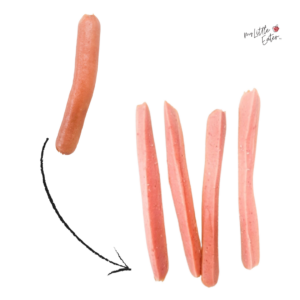
Just be sure to cut it lengthwise into quarters to decrease the choking risk, and don’t serve it on a bun until they’re older and have more developed chewing skills.
Learn more about choking hazards and how to modify them safely.
Can babies have BBQ sauce?
From a spice and flavor perspective – yes. From an added sugar and salt perspective – no.
We’d recommend skipping pre-made BBQ sauces because we want to avoid added sugars until age 2 and we also want to be cautious of how many high sodium foods your baby is eating.
If you’ve cooked something in BBQ sauce, you can serve it to your baby without the skin (which we recommend as it’s a choking hazard anyway), and that will remove the sauce as well. Then we’d recommend choosing a different sauce for dipping or for spreading on their meat, such as plain tomato sauce, homemade pesto, or even whole-fat, plain yogurt.
You can also try our favorite Primal Kitchen Unsweetened Barbecue Sauce with 0g of added sugars. However, it still has 105mg of sodium per serving (2 tbsp) so we’d still suggest waiting until after 12 months to introduce this.
Use code MYLITTLEEATER for 10% off!
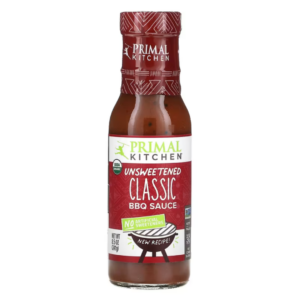
Can babies be near a BBQ?
From a general safety perspective, we recommend keeping your baby away from the BBQ to ensure they don’t reach up to touch something hot, something doesn’t fall on them that’s hot, or any other unexpected accident occurs.
If your concern is about inhaling the smoke created that is a known carcinogen – then yes, we recommend keeping your baby far enough away (or inside) so that they aren’t directly breathing in that smoke.
That’s it for tips for this BBQ season – please enjoy the time with your family and try not to stress about the risk factors! Everything has risk, we do our best to manage it, and by following the tips we outlined above, we truly would not worry.
Give the yogurt marinade below a try and let us know in the comments what you think!
If you’re looking for some recipe ideas that could be tested on the BBQ, check out our 60 Day Baby Led Feeding Meal Plan! With over 60 recipes – with many meats and veggies that could be tried on the BBQ – and grocery lists, directions on how to serve the foods safely for your baby, strategic and gradual allergy introduction, and a step-by-step advancement in textures, it has everything you need to get started.
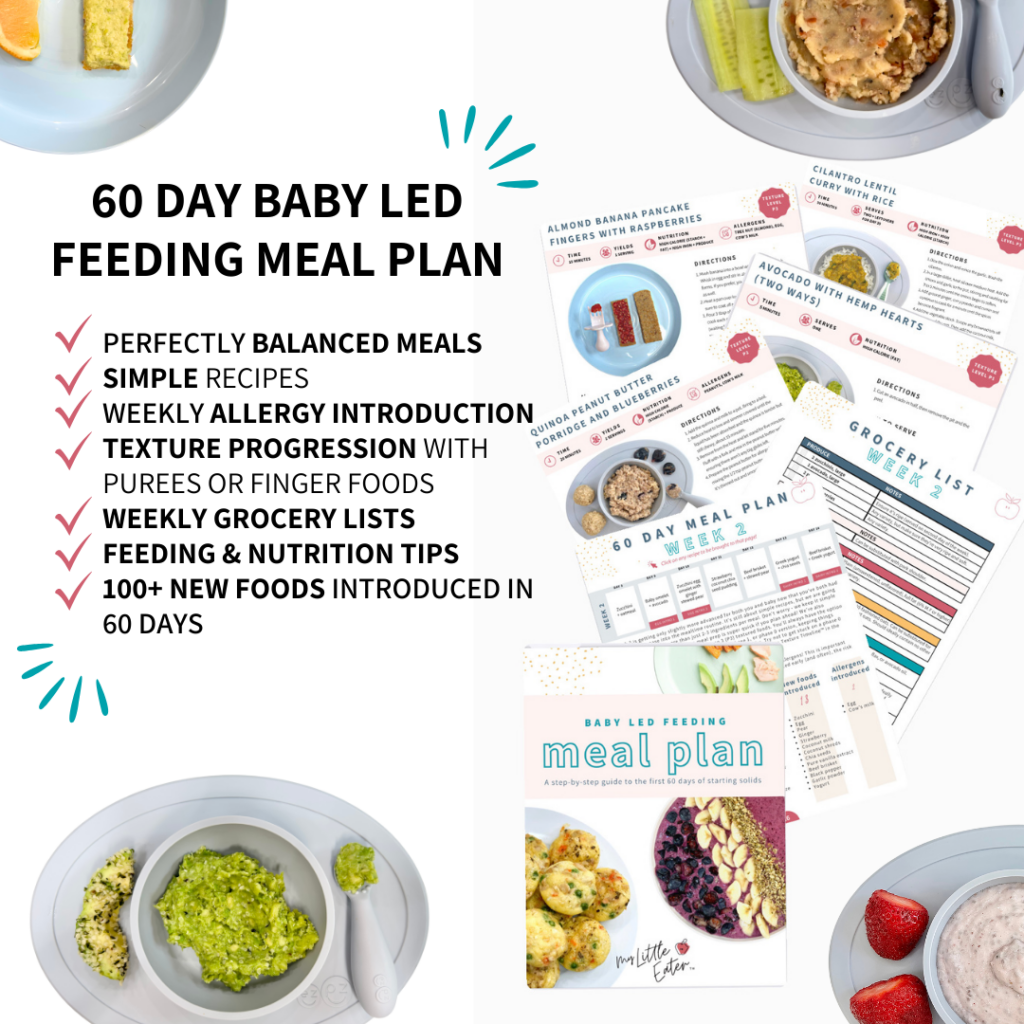
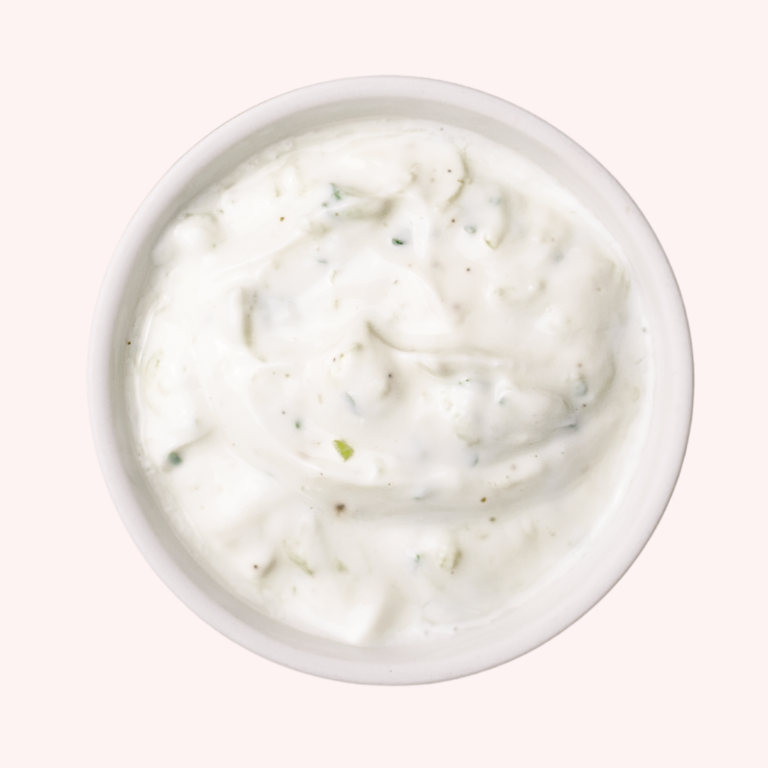
4 Ingredient Yogurt Marinade
Equipment
- 1 medium bowl
- 1 Ziplock bag
Ingredients
- 1 cup plain Greek yogurt (whole fat)
- 2 tbsp lemon juice `
- 3-4 cloves garlic
- ½ tbsp oregano
Instructions
- Measure yogurt into a bowl. Use a garlic press to add 3-4 cloves of garlic (depending on your taste preferences) to the yogurt.
- Mix in the lemon juice and oregano, stirring until well combined.
- Place meat in a Ziplock bag and pour the marinade over it. Seal the bag and store it in the fridge for at least 3 hours. We typically prepare this the night before so it marinades closer to 12-24 hours. The longer it marinates the more tender and flavorful the meat will be, but more than 24 hours isn’t necessary and may cause the meat to become too mushy.
- Remove the meat from the fridge and cook using your preferred method. It could be cooked on the stove, baked in the oven, or grilled on the barbecue.
Notes
Pin these tips to save for later!
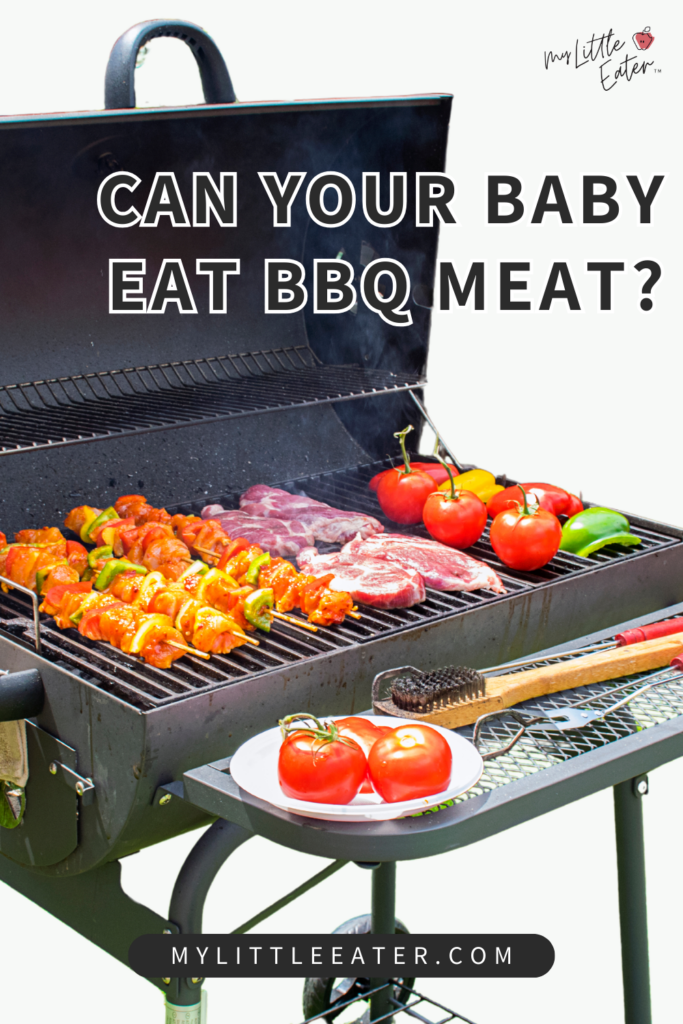

Edwena Kennedy, RD
Founder and lead Registered Pediatric Dietitian at My Little Eater Inc., creator of The Texture Timeline™, and mom of two picky-turned-adventurous eaters.

Edwena Kennedy, RD
Founder and lead Registered Pediatric Dietitian at My Little Eater Inc., creator of The Texture Timeline™, and mom of two picky-turned-adventurous eaters.
References
- https://www.cancer.gov/about-cancer/causes-prevention/risk/diet/cooked-meats-fact-sheet
- Sugimura T, Wakabayashi K, Nakagama H, Nagao M. Heterocyclic amines: Mutagens/carcinogens produced during cooking of meat and fish. Cancer Science 2004; 95(4):290–299.
- Ghorbani M, Najafi Saleh H, Barjasteh-Askari F, Nasseri S, Davoudi M. The effect of gas versus charcoal open flames on the induction of polycyclic aromatic hydrocarbons in cooked meat: a systematic review and meta-analysis. J Environ Health Sci Eng. 2020 Apr 10;18(1):345-354. doi: 10.1007/s40201-020-00457-0. PMID: 32399245; PMCID: PMC7203328.
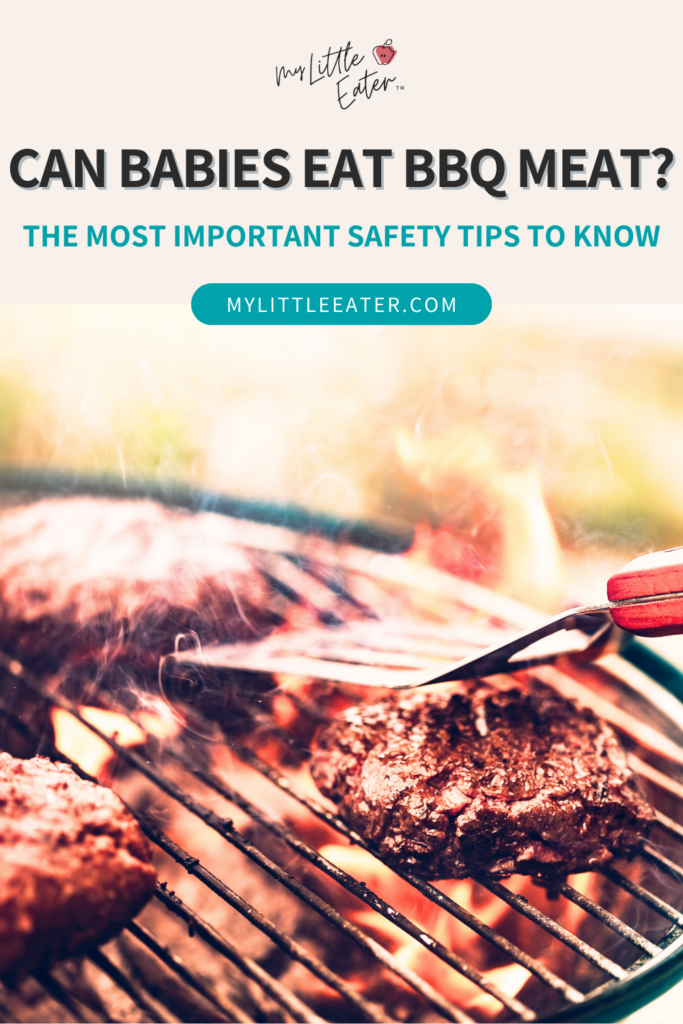

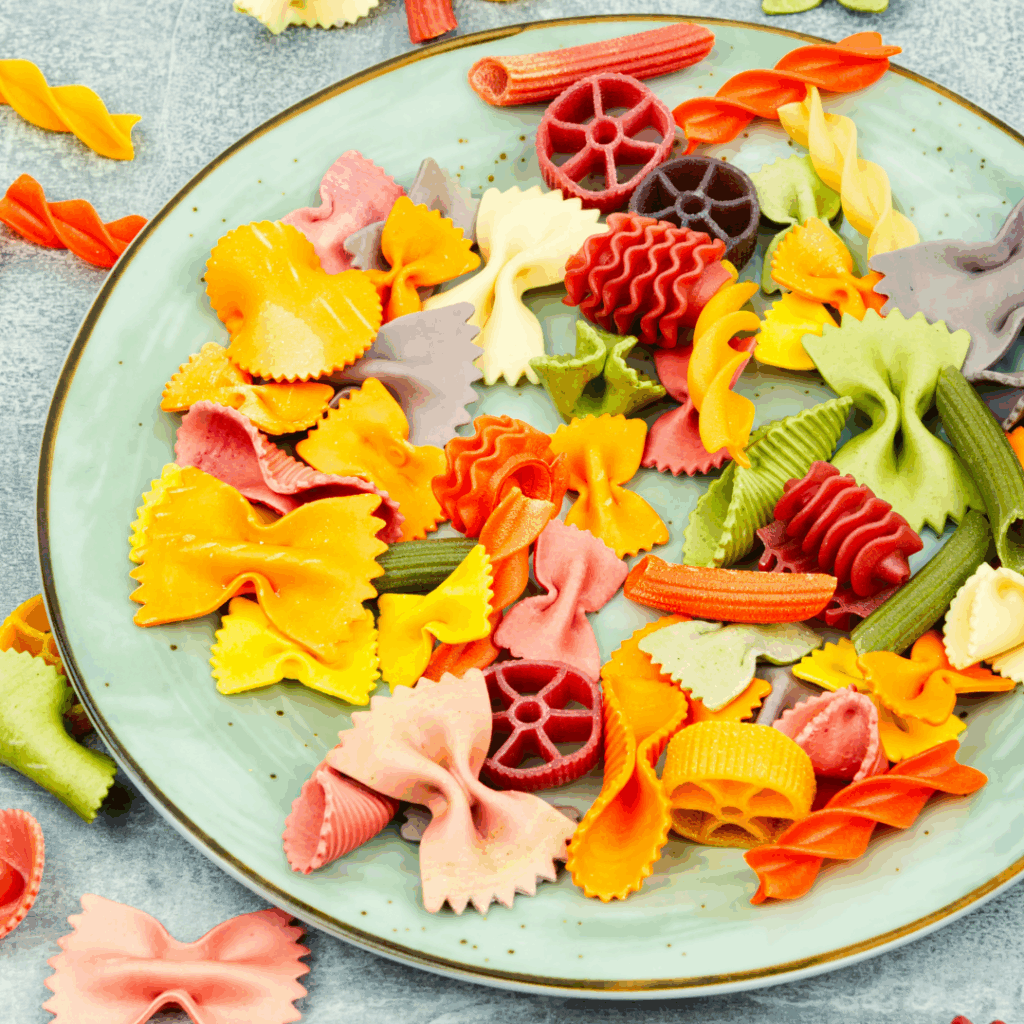
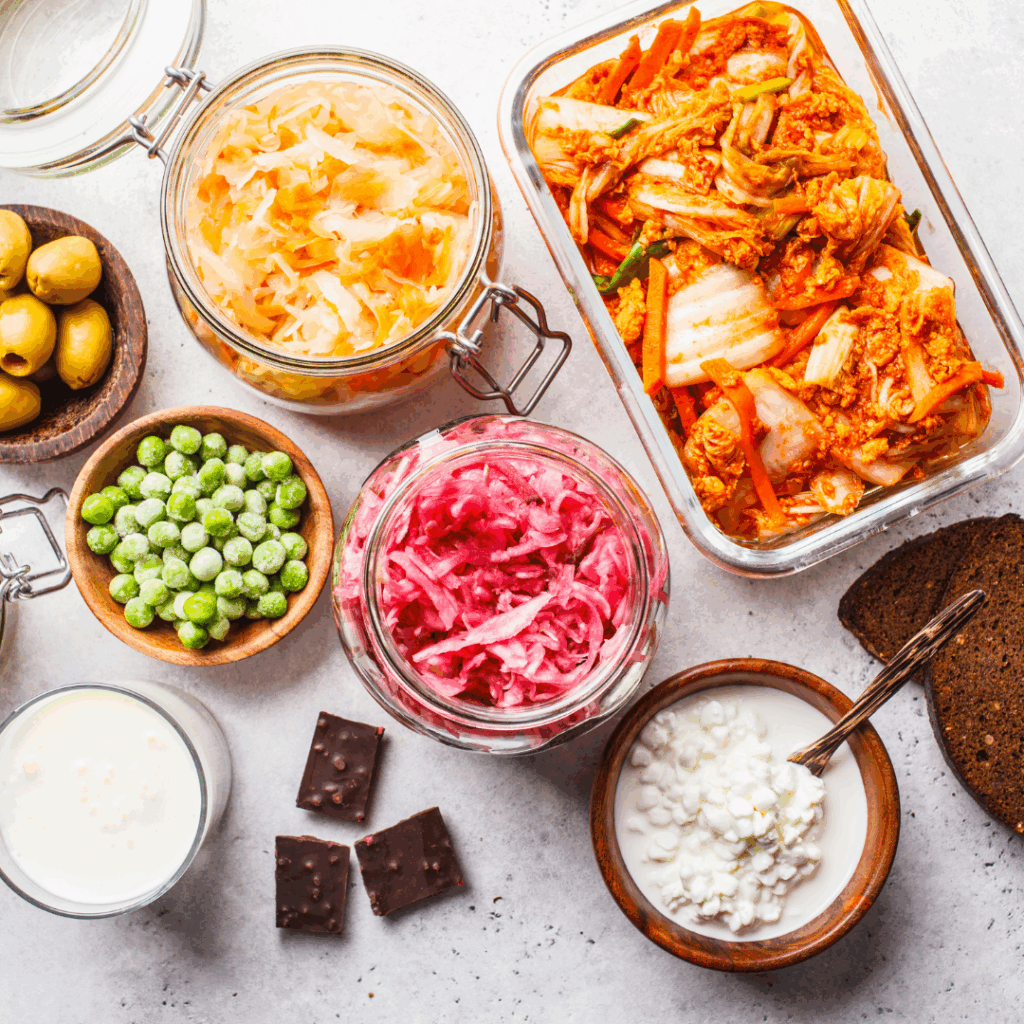






22 Comments
This is such an informative post! I had no idea there were so many safety considerations for introducing BBQ meat to babies. The tips about avoiding certain marinades and checking for tenderness are really helpful. I can’t wait to try some baby-friendly BBQ recipes this summer! Thanks for sharing!
We’re so glad you found this blog helpful!! Enjoy 🙂
Great tips in this post! I had no idea that the spices in BBQ sauce could be harmful for babies. I’ll definitely be more cautious and stick to plain, unseasoned meats for my little one. Thanks for the info!
We’re so glad you found this blog helpful!
Great tips! I never thought about the potential choking hazards and seasoning issues with BBQ meat. I’ll definitely be more cautious when introducing it to my little one. Thanks for the advice!
We’re so glad that you found the information helpful!!
Great post! I never thought about the safety concerns with BBQ for babies. Thanks for sharing those tips; I’ll definitely keep them in mind for our next family cookout!
We’re so glad you found our blog helpful!
Great post! I never thought about the safety concerns with BBQ meat for babies. The tips on how to ensure it’s tender and safe were really helpful. Thanks for sharing this important info!
We’re so glad you found the information helpful!
This is such an important topic! I never considered the potential risks of BBQ meats for my little one. The tips you provided about which meats are safer and how to prepare them are super helpful. I’ll definitely be more cautious about the spices and cooking methods when introducing BBQ to my baby. Thanks for sharing!
We’re so glad you found this blog helpful!
Great post! I never thought about the risks of BBQ for babies. Thanks for the tips on ensuring it’s safe for my little one. I’ll definitely be more cautious with seasoning and texture!
Thanks for your comment! We’re so happy to hear you found this post helpful 🙂
Great tips! I had no idea about the potential risks of BBQ sauce for little ones. It’s good to know how to safely introduce flavors to babies. I’ll definitely be more cautious when offering BBQ meat to my toddler. Thanks for the helpful advice!
So glad you found this helpful!
Great post! I had no idea there were so many safety considerations for feeding BBQ meat to babies. Thanks for the tips on choosing lean cuts and making sure everything is well-cooked. I’ll definitely keep this in mind for our next family barbecue!
We’re so glad to hear you found this blog helpful!
Great article! I had no idea there were so many considerations for introducing BBQ meat to babies. The tips about cooking it until tender and avoiding sauces made a lot of sense. Thanks for sharing these safety guidelines!
We’re happy to hear you found this blog helpful!
Great tips! I never considered the potential choking hazards with BBQ meat for babies. It’s so important to ensure the meat is tender and cut into appropriate sizes. I’ll definitely be more cautious next time I plan a BBQ gathering. Thanks for the insights!
We’re glad you found our blog helpful!